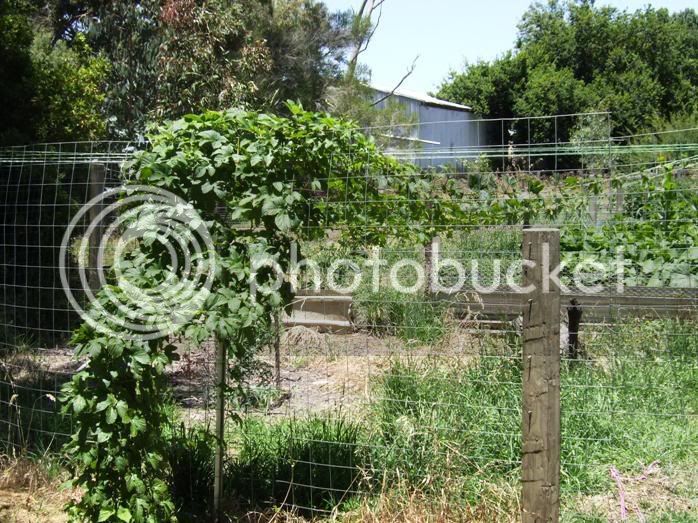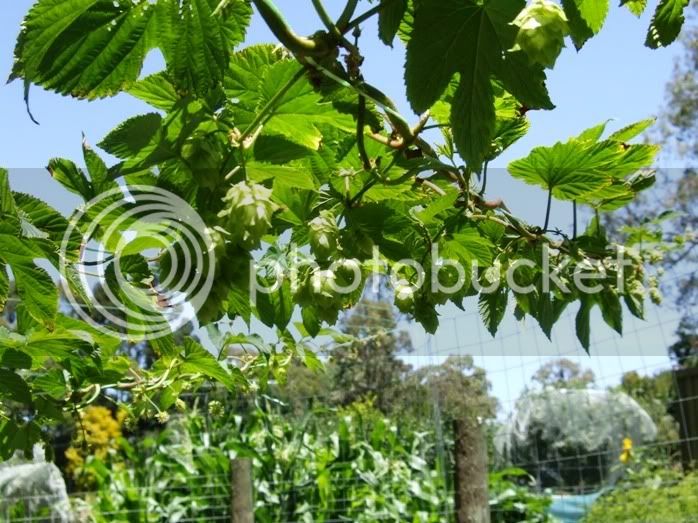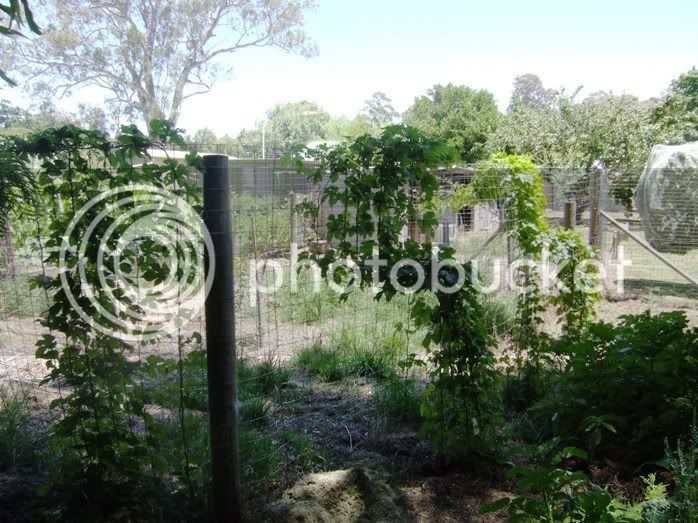Himzo,
Sorry i don't know how to make a link to the discussion but its under the common ground "
Hop Alpha Acid Testing (at Home)", While there are many methods of guessing the a-acid content the primary method previously used by industry and STILL used by broardly today is "Conductmetric titration with Methanolic Lead Acetate (a very nasty chemical if not contained, I take no responcibility for any one piosening them selfs in attempting the process), in saying this I started this thread to see if anyone had treaded this path before me, it apears not (so far). I'm still kiting up to perform the test, burette and more accurate scales on the way, but lead acetate in hand. The process is very simple, extract the a-acid and bittering compounds from a sample of the hops with methonal. Monitor the conductivity of the liquid extraction while slowly adding the lead acetate solution. The lead acetate will react with the a-acids and bittering compounds and precipitate out of solution leaving the conductivity unchanges. Eventually no more a-acid remains in solution to react with the lead acetate and the conductivity increases proportionaly with the additon of the lead acetate. The intersection of these two straight lines will give the titration end point and through a simple calculation you are given the Lead Conductance Value (%LCV~=%a-acids).
Note:
1. This process does not measure the b-acids.
2. As hops age other bittering compounds are produced in the hops, these compounds also react with the lead acetate contributing to the LCV. Therefore this method is very useful for brewers calculating their hop additions for beer bittering. HPLC does not make this distinction. Nore do light refractance methods.
3. Lead Acetate is nasty stuff (must repeat).
Hope this straight farward explanation helps, as always the devils in the detail.

h34r:
Smashin










